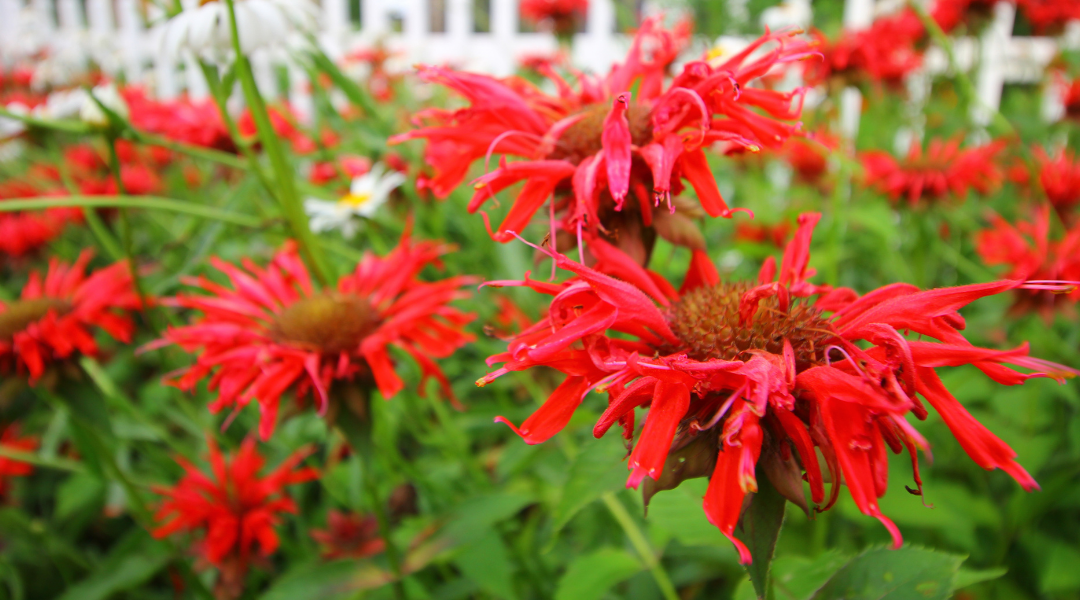Bee Balm is a fragrant perennial flower, also known as Wild Bergamot, the sweet-smelling leaves recall the bergamot spices in Earl Grey tea, but this flower actually comes from the mint family. It’s a favorite for pollinators and an easy summer bloomer to grow in the garden!
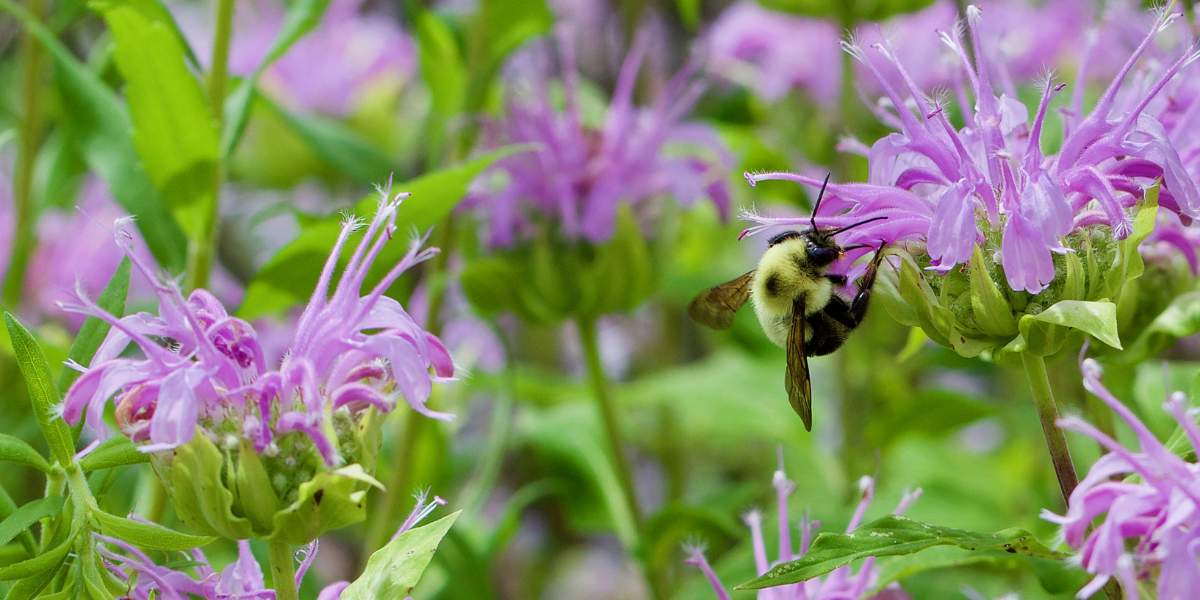
Best Sites for Growing Bee Balm
Bee Balm thrives in moist, well-draining conditions with full sun. They do best with at least 6 hours of sun each day. These plants do grow in partial shade, but won’t produce as many flowers, and may be susceptible to powdery mildew.
How to Water Bee Balm
As a prairie wildflower, it’s tolerant of dry conditions, but it grows best with regular watering every 7 to 10 days. Soak the soil at least 6 to 8 inches deep each time and keep in the moisture by mulching the soil.
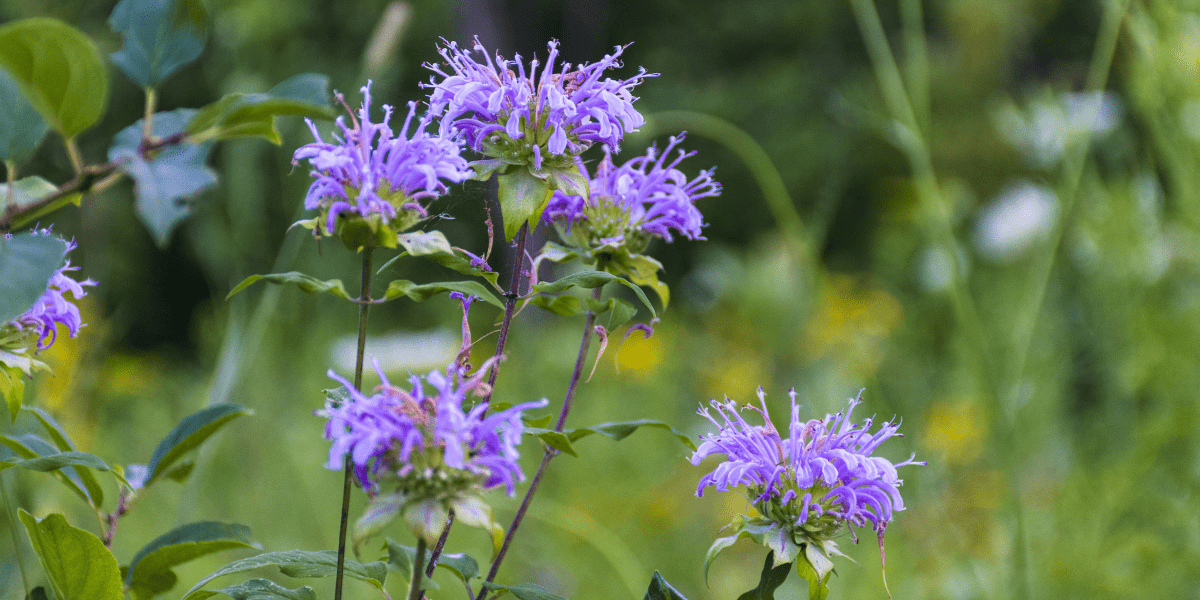
How to Keep Bee Balm Blooming
The showy pink, red, or purple flowers bloom throughout July and August, giving you reliable color in the summer garden. Promptly remove the spent flowers to keep them looking their best and to encourage more blossoms.

How to Keep Bee Balm from Spreading
Like other plants in the mint family, Bee Balm multiplies from rhizomes in the root and can spread in your garden. Often, after a few years, the center of the clump also tends to die back. To prevent it from spreading, and to keep the whole plant healthy, it’s good to dig it up, divide it, and replant it every 2 to 3 years. Early spring is the best time to do so.
Bee Balm’s Common Pests
Growing Bee Balm is usually an easy affair, without too many problems from insects or diseases. But the leaves can be susceptible to powdery mildew. This white powdery fungus is typically a sign of sub-optimal growing conditions. The leaves may be too dense, the site may be too shady, or it might show up when the plant is stressed by drought.
How to Manage Powdery Mildew on Bee Balm
To reduce the risk of powdery mildew, remember to thin the leaves when they get crowded and to water the plant at the base, not on the leaves. If you see the fungus, clip away infected leaves, disinfect your shears, and keep them out of your compost pile. Water the plant during dry spells, transplant it to a sunnier spot if necessary, and remove any infested material in the fall.
When growing Bee Balm, it’s quite possible to prevent and manage powdery mildew, but some gardeners do choose to grow mildew-resistant varieties.
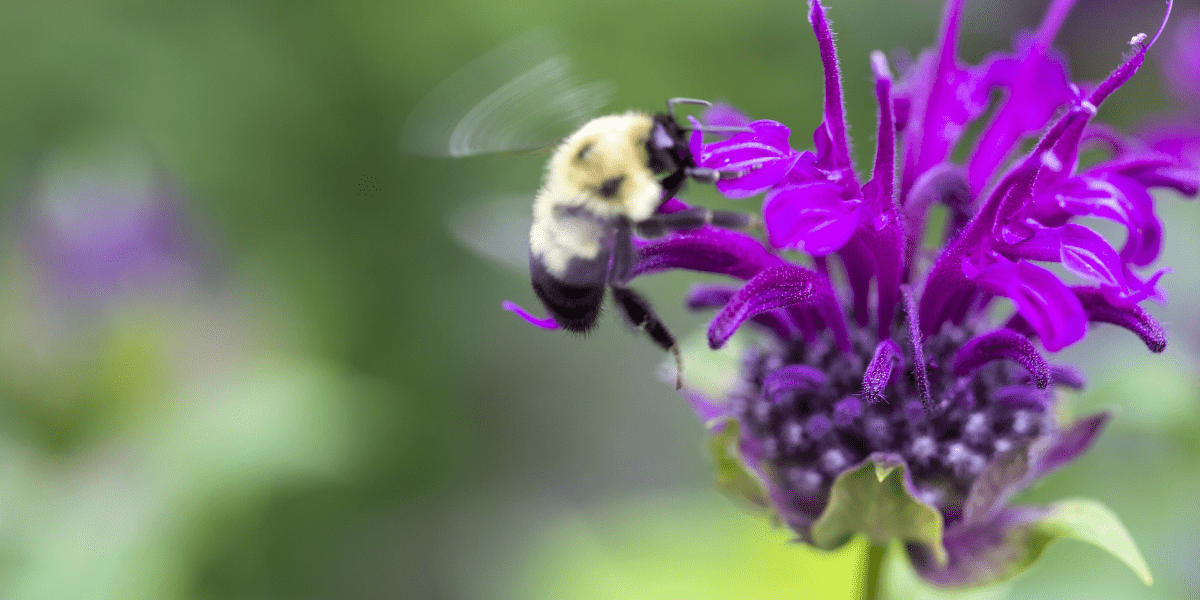
Growing Bee Balms for Pollinators and Hummingbirds
Bee Balm is a popular wildflower in the pollinator garden. The tubular flowers are especially attractive for butterflies. They’re also an ideal flower for hummingbirds, who like red, tubular blossoms the best. And since they have long-lasting blooms, they’re a reliable source of nectar throughout the heat of the summer.
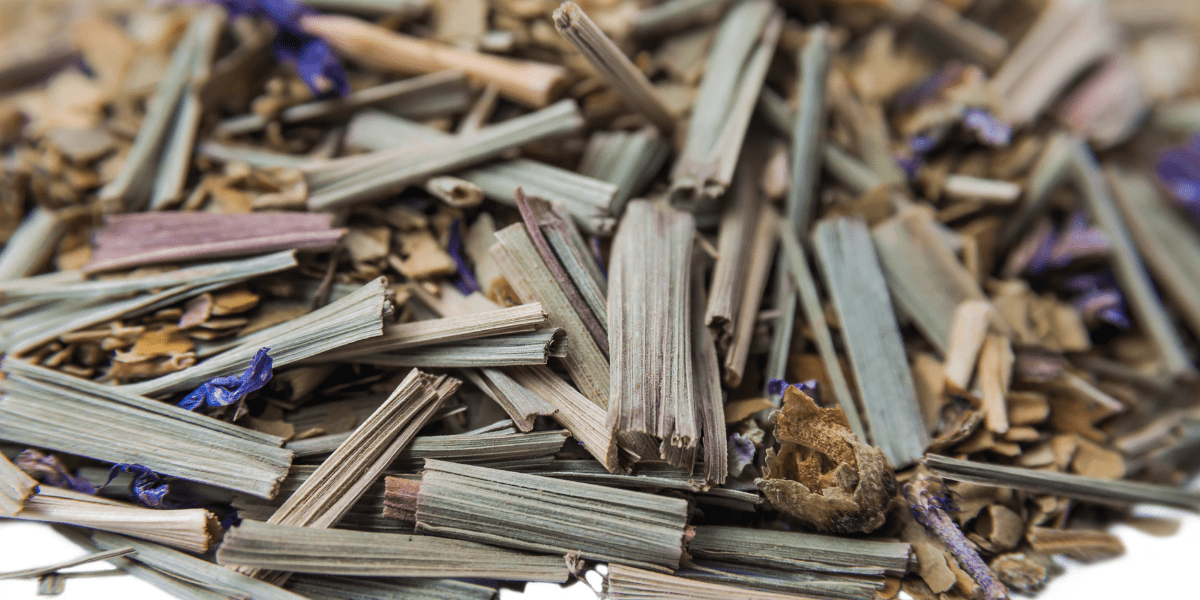
Growing Bee Balm for Tea
Bees aren’t the only ones to find nourishment from these fragrant flowers. We can enjoy the taste and flavor as well. The leaves make a delicious tea and can be used as a garnish in salads or other cooking. The flavor is similar to oregano, with a prairie twist. The name originally comes from its use as a balm for bee stings.
Whether you’re looking to enjoy a new herb, to nourish your pollinators, or simply enjoy summer blossoms, Bee Balm is a beautiful addition to your garden. Visit our garden centers in Chicagoland to see our full selection of flowers and other plants!
Platt Hill Nursery is Chicago’s premier garden center and nursery.
Search our Bee Balm varieties and other plants by clicking here.

